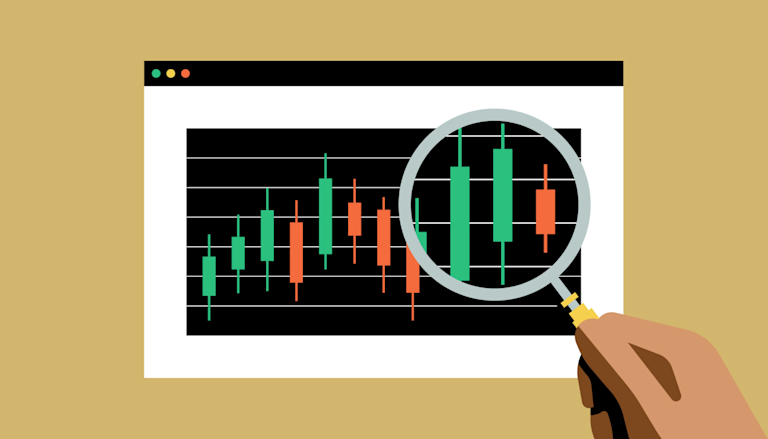
Optimizing Your Crypto Trading Setup: A Comprehensive Guide
In the rapidly evolving world of cryptocurrency, having a solid trading setup is critical for success. Whether you’re a novice trader or an experienced investor, establishing a well-thought-out crypto trading setup can make a significant difference in your trading performance. In this article, we will explore the essential components of a successful crypto trading setup and offer practical tips to enhance your trading journey. If you’re looking to take your trading to the next level, Crypto Trading Setup visit website for additional resources.
1. Choosing the Right Trading Platform
Your trading platform is your gateway to the cryptocurrency markets. Therefore, selecting the right one is crucial. Look for platforms that offer a user-friendly interface, advanced trading features, and a wide range of cryptocurrencies. Popular platforms such as Binance, Coinbase, and Kraken provide intuitive tools for both beginners and experienced traders.
Additionally, consider platform security, transaction fees, liquidity, and customer support. A reliable platform should prioritize user security to protect your assets from potential threats.
2. Essential Tools for Your Setup
The right tools can significantly enhance your trading experience. Here are some critical tools that every trader should consider:
- Charting Software: Tools like TradingView or Coinigy allow you to analyze price trends and patterns with a variety of technical indicators, charts, and features.
- Portfolio Tracker: Use apps like Blockfolio or Delta to manage and track your cryptocurrency portfolio effectively.
- News Aggregators: Staying updated on the latest news and trends is essential. Use platforms like CoinDesk or CryptoSlate to gather information quickly.
3. Technical Analysis: Understanding the Charts
Technical analysis (TA) is a crucial aspect of trading. It involves analyzing price charts and using various indicators to forecast future price movements. For example, moving averages, Relative Strength Index (RSI), and Fibonacci retracement levels are commonly used tools in TA.
Learning to read charts and understand market patterns can help you make informed decisions on when to enter or exit trades. Continuous education in TA will improve your analytical skills over time.
4. Setting Clear Goals and Strategies

Before you start trading, it’s essential to define your trading goals. Are you looking for short-term gains, or do you plan to hold onto your investments for the long term? Establishing clear objectives will help you develop a suitable trading strategy.
Common strategies include day trading, swing trading, scalping, and dollar-cost averaging. Choose a strategy that aligns with your risk tolerance, market knowledge, and available time for trading.
5. Risk Management Techniques
Effective risk management is paramount in trading. To ensure long-term success, consider implementing the following techniques:
- Set Stop-Loss Orders: This feature allows you to limit your losses on a trade by automatically selling when the price reaches a specified level.
- Position Sizing: Determine the amount of capital to allocate for each trade based on your risk tolerance. Never invest more than you can afford to lose.
- Diversification: Don’t put all your eggs in one basket. Diversifying your portfolio across different cryptocurrencies can help mitigate risks.
6. Keeping Emotions in Check
Trading can be an emotional rollercoaster. Fear and greed often drive decisions that can lead to losses. Thus, it’s crucial to maintain a disciplined approach. Set strict rules for when to enter or exit trades, and adhere to your trading plan regardless of market fluctuations.
Consider keeping a trading journal to document your trades, strategies, and emotional responses. Reflecting on past experiences can help you improve and make better decisions in the future.
7. Continuing Education
The cryptocurrency market is continuously changing, making it vital to stay informed. Here are some ways to enhance your knowledge and skills:
- Follow Influential Traders: Engage with successful traders on social media or trading forums to gain insights and strategies.
- Read Books and Articles: There are numerous resources available that cover everything from technical analysis to trading psychology.
- Participate in Webinars: Attend webinars and workshops to learn from experts in the field.
Conclusion
In conclusion, setting up an effective crypto trading environment involves careful planning and strategic implementation. By choosing the right trading platform, employing essential tools, mastering technical analysis, managing risks, and keeping emotions in check, you will position yourself for success. Remember, the journey in cryptocurrency trading is a marathon, not a sprint. Stay committed, keep learning, and adapt to the ever-changing market landscape.